Keeping your personal information safe is a must in today’s age of identity theft. While you likely have strong passwords, shred paper documents and keep a close eye on your online banking and investment accounts, you also need to think about the features of your home that could be compromising your confidential data. Our tips for keeping your personal information safe at home will help.
-
Be Mindful When Placing Home Security Cameras
Home security cameras provide a sense of security to homeowners. Many of today’s top models enable you to keep an eye on your home using an app so that you can monitor your home from virtually anywhere at any time. But, if you place your security cameras incorrectly, you put your valuable personal information at risk if hackers manage to access your system.
For example, do not put your home security camera in a location that points toward your home desk or computer screen. Hackers easily could get their hands on your account numbers, Social Security numbers or other confidential data simply by seeing it through the lens of your hacked camera. For personal privacy, it’s also best to avoid putting security cameras in your bedroom or bathroom.
-
Protect Your Home Wi-Fi Network
Virtually everyone has a Wi-Fi network at home with a wireless router. It’s critical for you to protect your home security and personal data from hackers by securing your home network with passwords. Begin by changing the generic username and password that your router came with if you haven’t done so already. It is far too easy for hackers to use generic names and gain access to your system.
Also, change the network name that appears on other people’s smartphones and devices when they are in the vicinity of your network. For instance, manage your privacy by using a name other than your last name or address.
According to PCMag, one of the best ways to protect your personal information at home is to encrypt your wireless router. Go to the security options in your router’s settings and turn on the WPA2 Personal option. Set the encryption type to AES and enter a password, or a network key, for the encrypted Wi-Fi. Keep in mind this password is different from the one you use to connect devices to your Wi-Fi, so make your password a sentence that’s at least 12 characters long. You can use capital and lowercase letters, punctuation, symbols and even spaces!
-
Remember Baby Monitors and Smart Appliances When Protecting Personal Information
The smarter our baby monitors and home products become, the more diligent we need to be about protecting them. After stories about hacked baby monitors were published, parents began to worry about protecting their children and themselves.
Fortunately, companies today offer high-security, password-protected mobile streams to parents’ smartphones to enhance privacy and provide an extra layer of security.
Homeowners also should consider smart appliances when thinking about protecting personal information. Some smart home products are easy to hack, which puts your home Wi-Fi network and confidential data at risk. The best thing you can do is use our previous advice for securing your home network, including disabling the guest network access, consistently changing passwords and creating two different Wi-Fi networks – one for computers, tablets and smartphones and another for smart appliances and devices. You also can disable remote management of your smart devices and only connect them to your network when using them.
You need to secure your personal information just as you secure your home. Lock down your confidential data by keeping home security cameras away from your home desk and computer screens and encrypting and password-protecting your home Wi-Fi network. It’s also important to keep baby monitors and other smart devices in mind when thinking about hacking risks.
